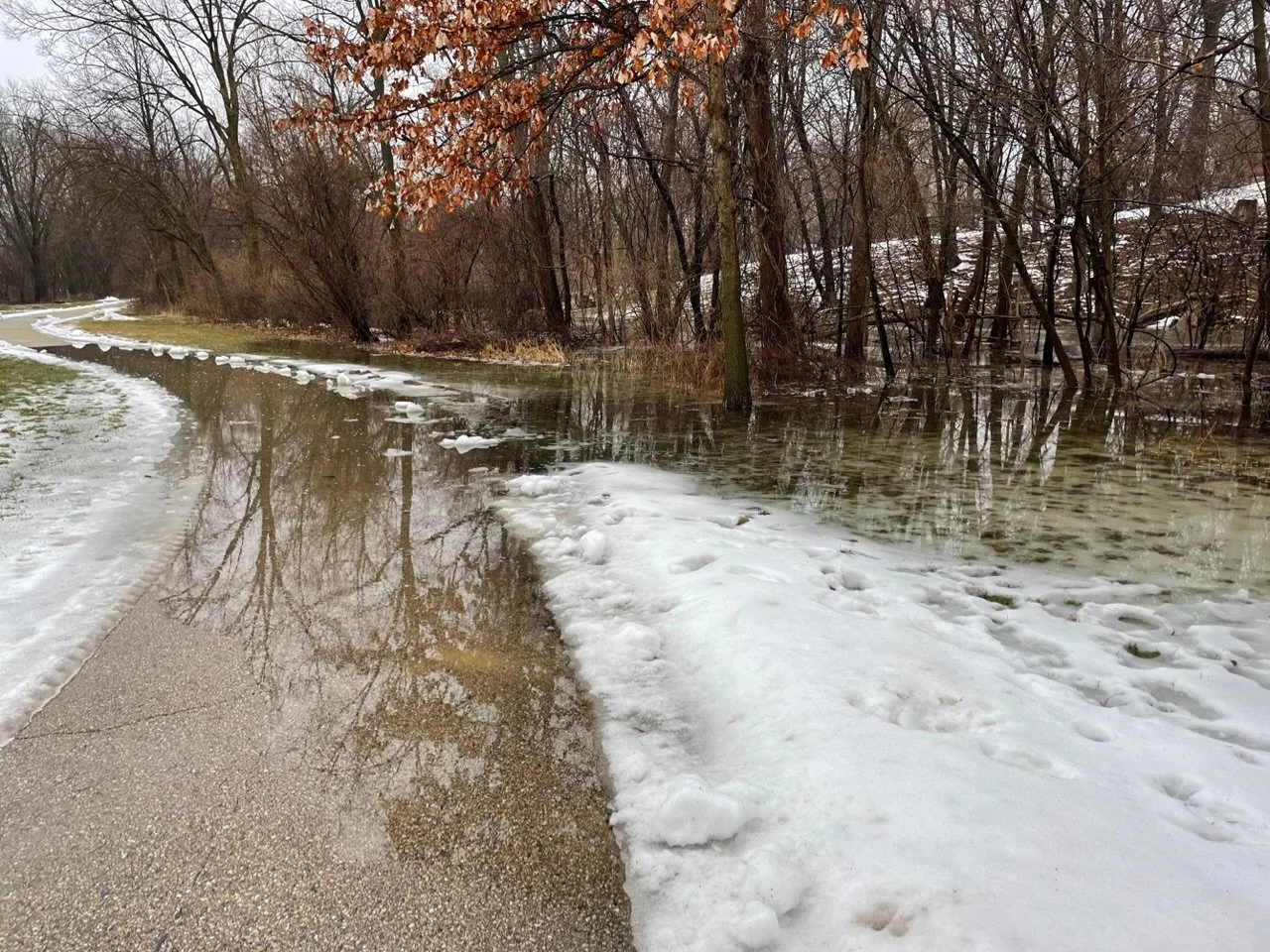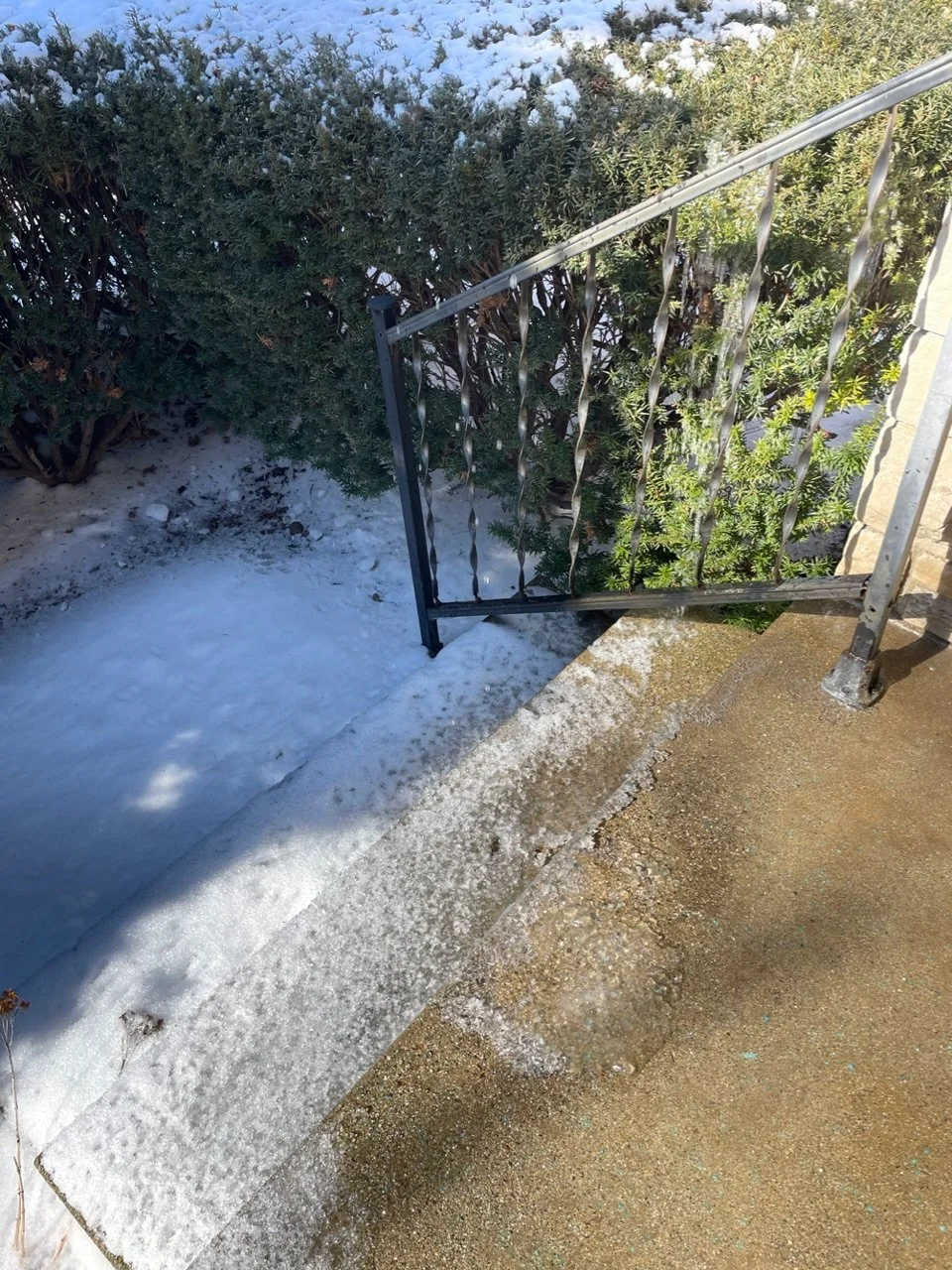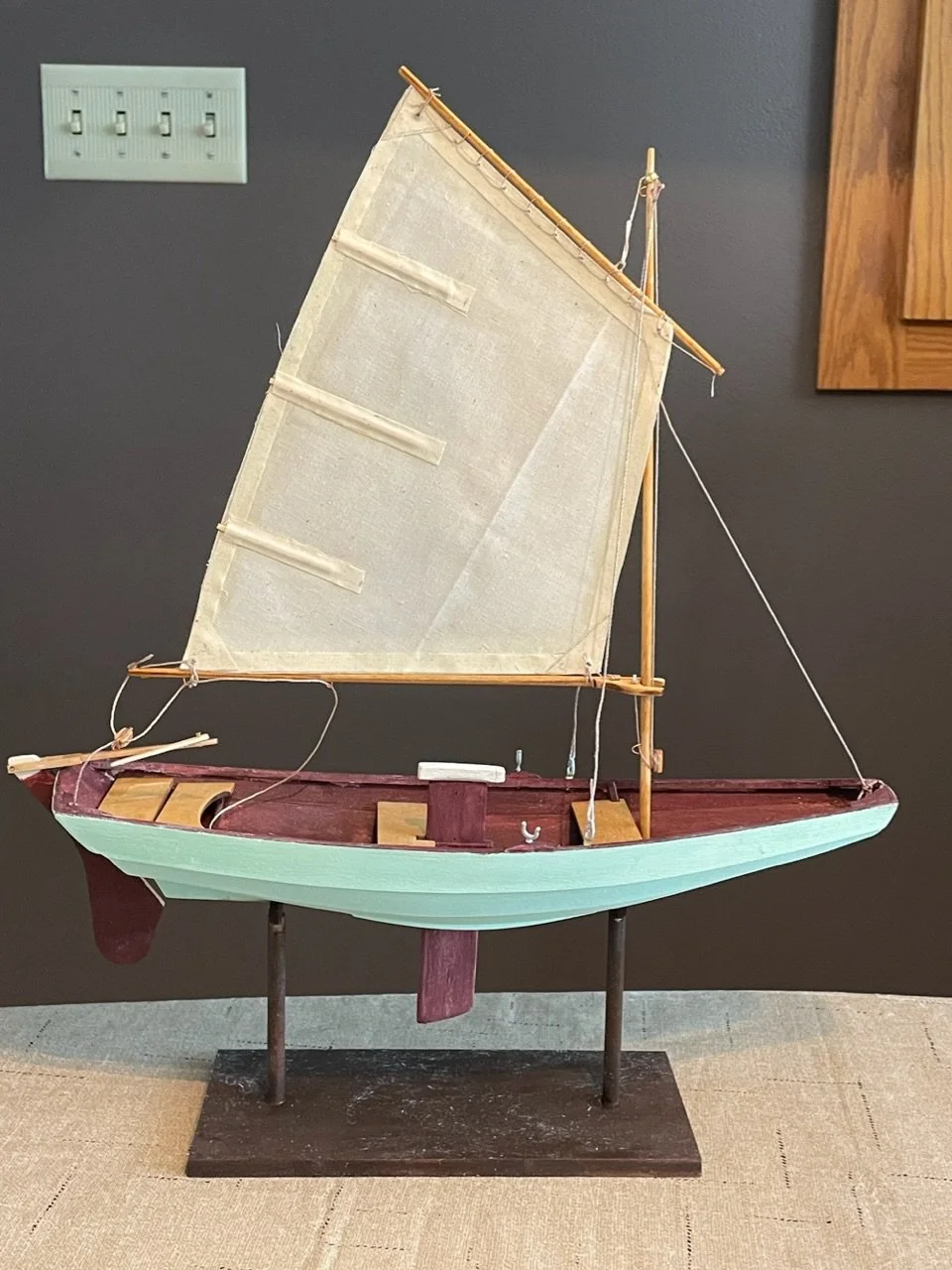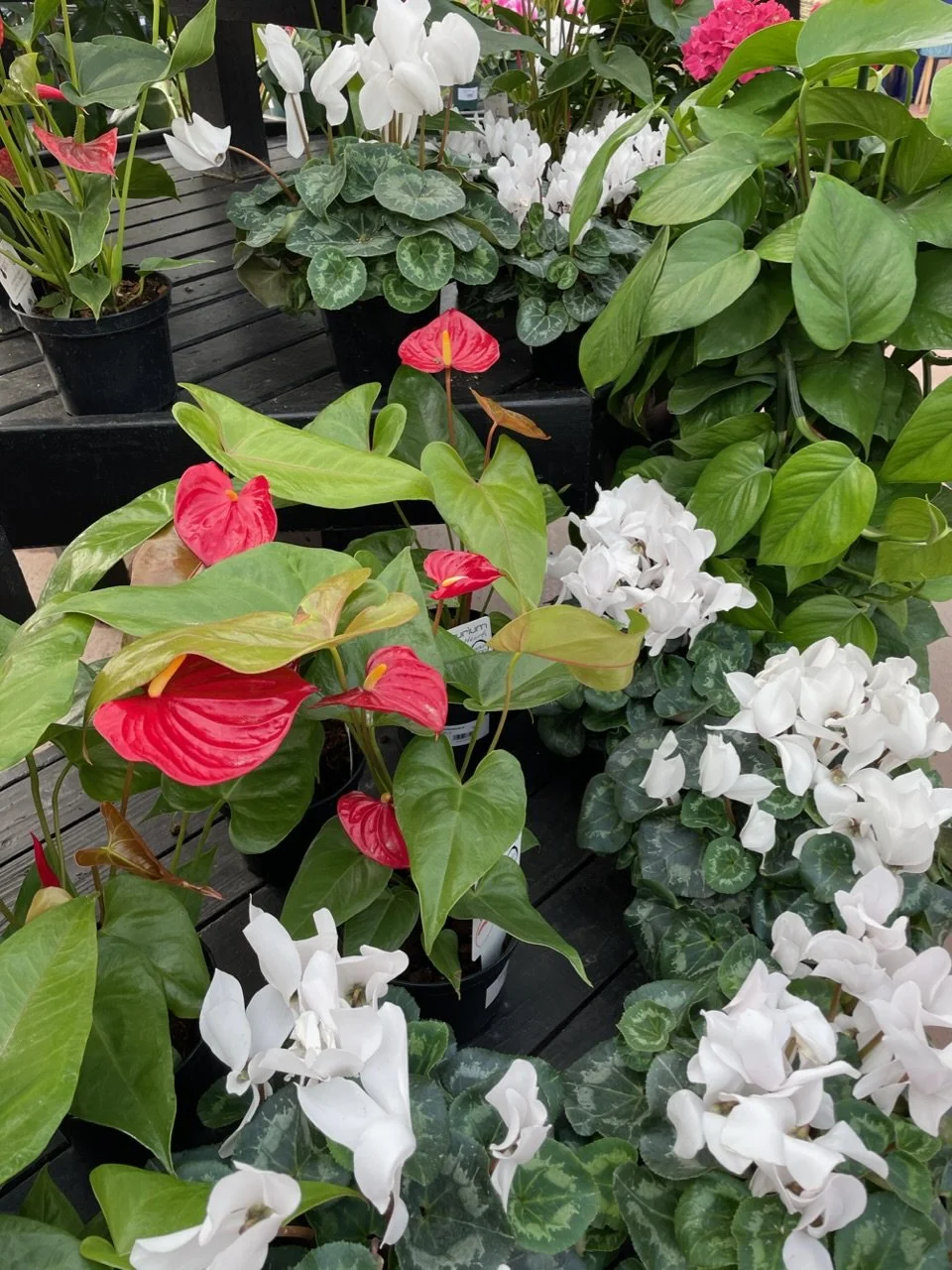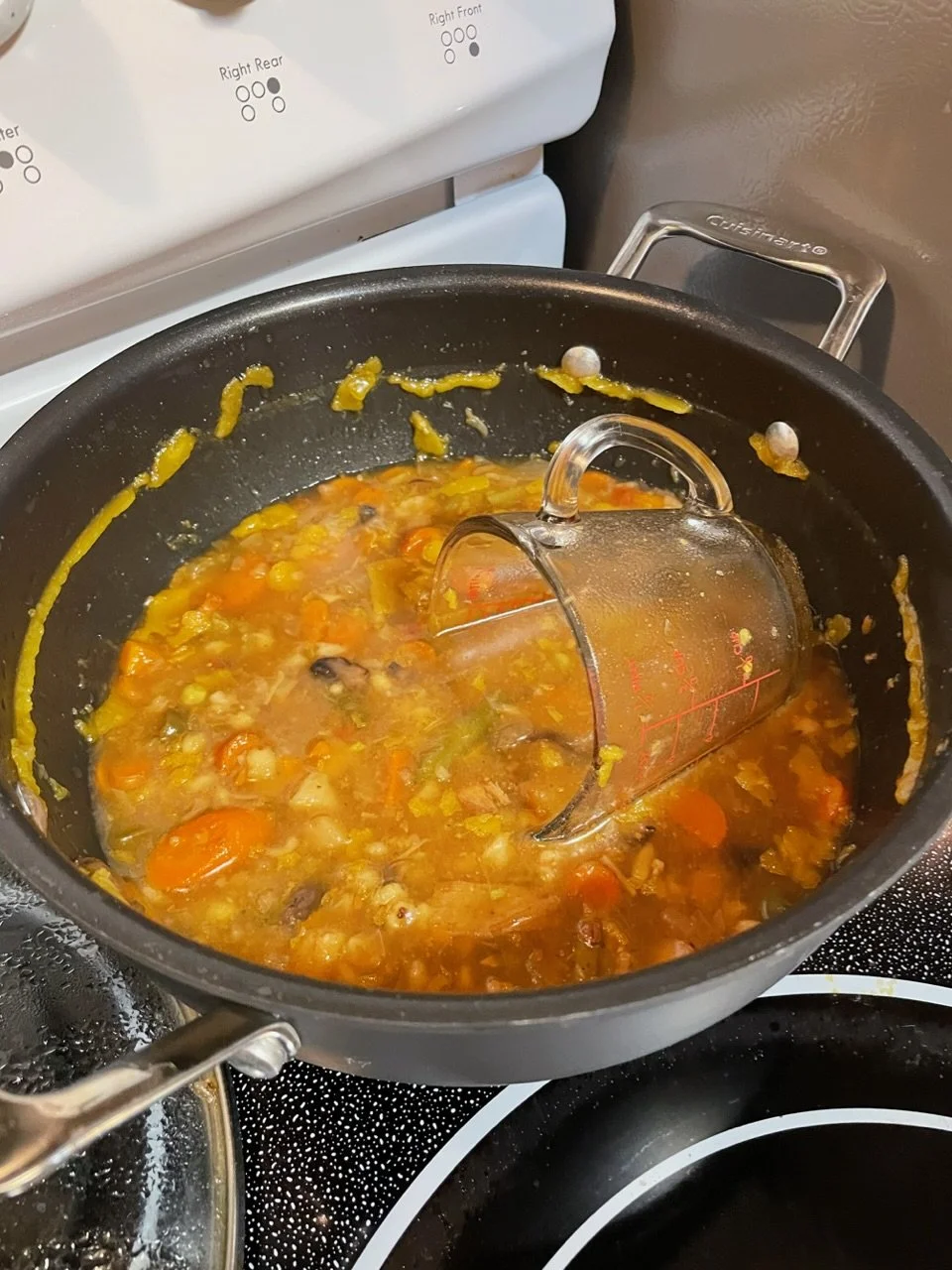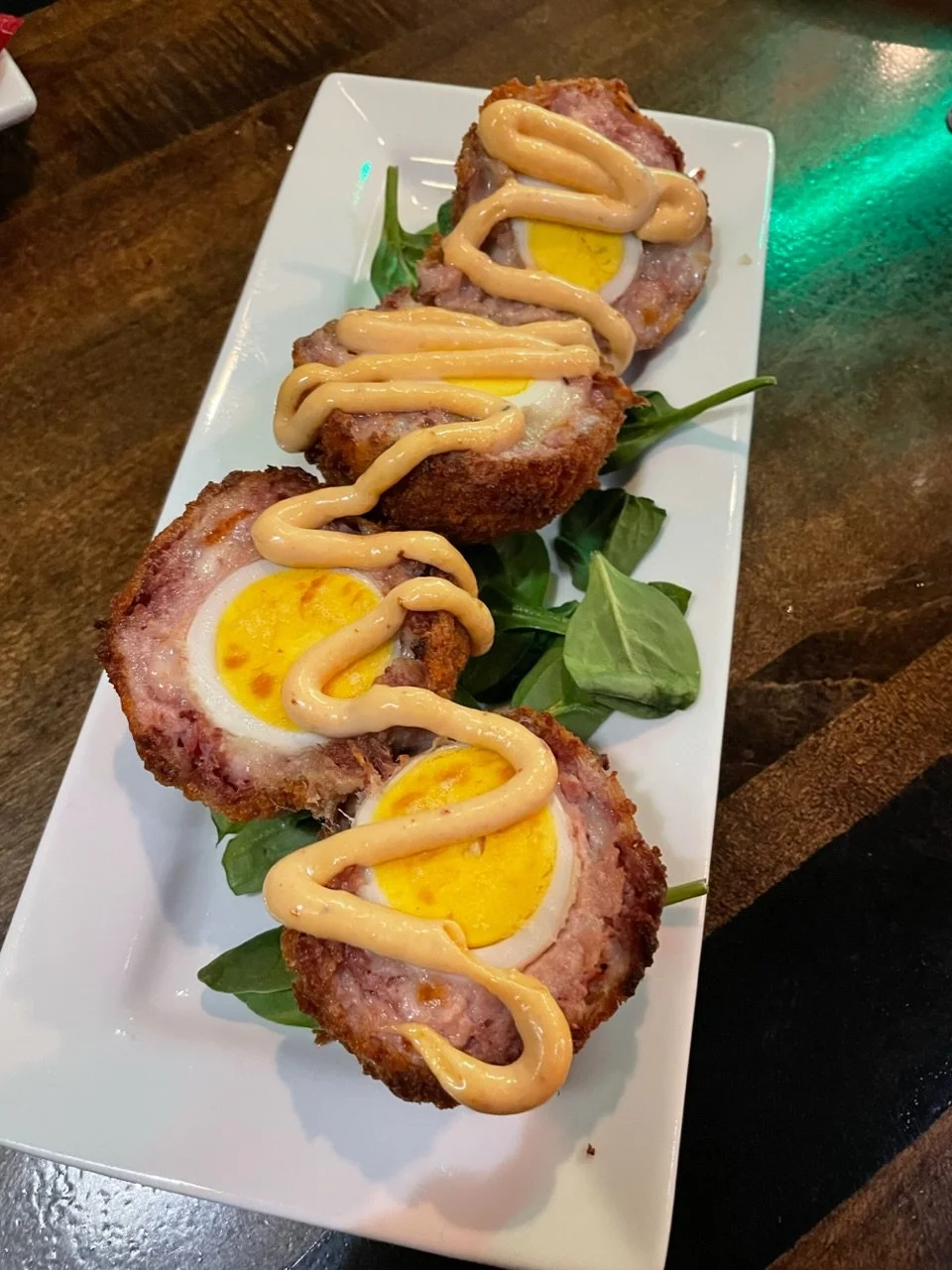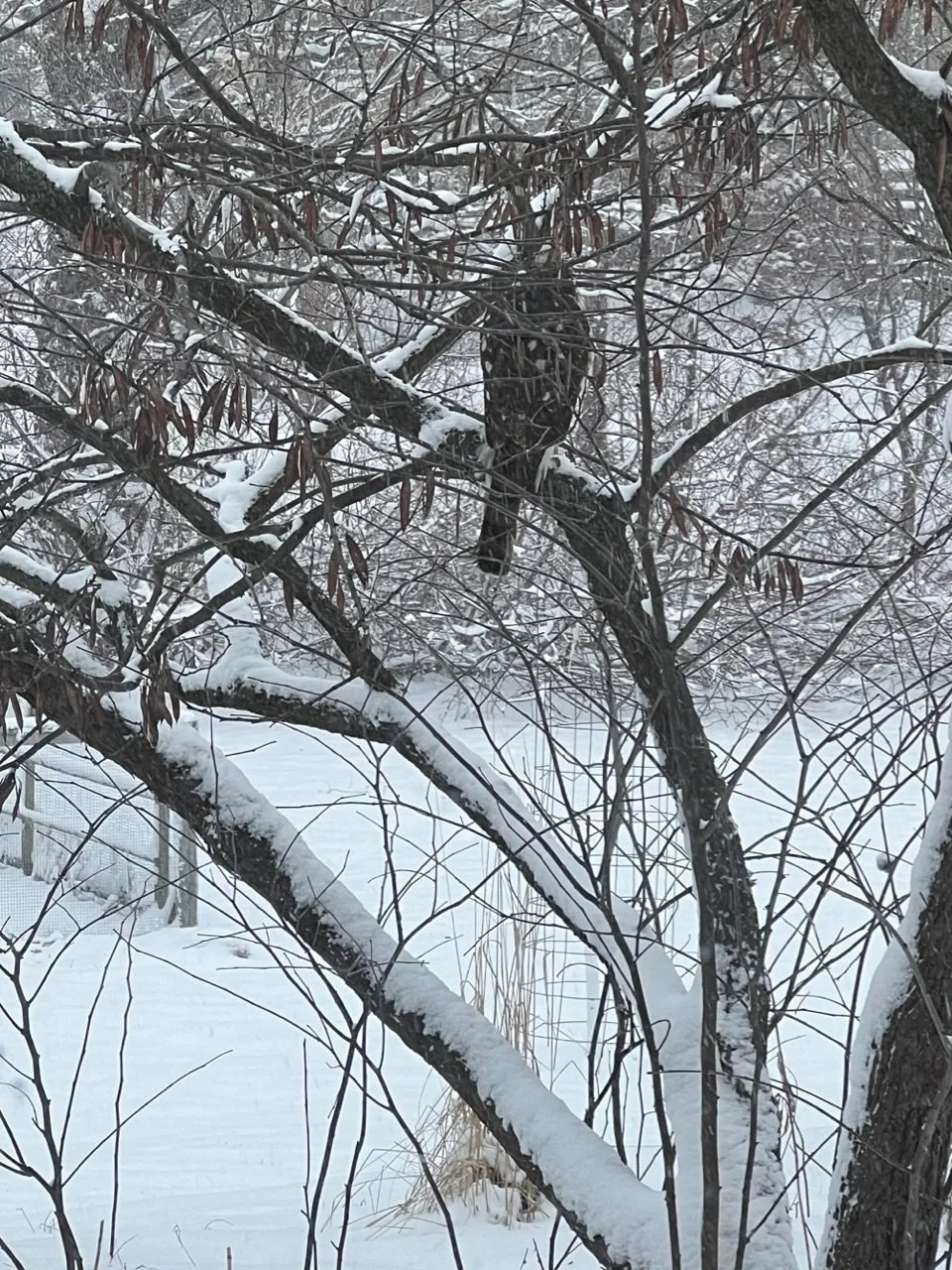Here are excerpts from the last chapter:
In one sense, we are utterly extraordinary biological machines whose details are so staggeringly complex they are hard to wrap your head around. A typical cell within you is made of a galaxy of atoms--a hundred trillion or so of them. A stack of that many dollar bills would reach to the Moon and back over twenty-five times. Every second within each of your cells, many hundreds of millions of molecules are shooting in and out of membranes. Thousands of genes are being locked and unlocked. Millions of ribosomes and organelles are working. Electric currents are surging: Many hundreds of thousand. if not millions of motors are turning and pumps churning. That is one cell. You are composed of about a hundred times more cells than there are stars in the Milky Way.
In another sense, as the biochemist Peter Mitchell observed, you are more like a flame whose atoms are constantly being replaced. Although we may die, our atoms don't. They revolve through life, soil, oceans, and sky in a chemical merry-go-round. "I don't think of us as something that's made," the geologist Mike Russell said. "I think of us as processors." The cell biologist Franklin Harold agrees. He sees our cells as organized patterns, systems that must remain in constant motion, like bicycles, which stay upright only so long as their wheels continue to spin.
At another basic level, we are simply temporary gatherings of elements forged by the Big Bang and stars. All told, you're made of about 60 of the 132 or so elements in the periodic table.
A physicist would say there is an even more fundamental you. Your seventy octillion atoms are made of electrons, protons, and neutrons, and those protons and neutrons are built from smaller particles, quarks and gluons. All of which makes you simply a very large collection of overachieving subatomic particles who in combination vastly exceed their seeming potential.
If that is not strange enough, on an even deeper physical level, most quantum physicists say that your elementary particles are localized excitations of energy fields (called quantum fields) that permeate space, so the smallest bits of you are simultaneously particles and waves. That makes all of the universe, including you, an interwoven web of rippling energy fields. You may not believe you've attained enlightenment; nevertheless, in some sense, you are already at one with the universe.
If you're not dizzy yet, consider this. About 99 percent of the volume of your atoms is simply empty space between elementary particles. Yet, on closer examination, even that emptiness is not truly nothing. It contains energy fields from which particles of matter and antimatter continuously bubble up and annihilate each other.
Somehow, all those minuscule fields, waves, particles, and atoms add up to you and me.
~~~~~~~~~~~~~~
Here on Earth, we are part of a majestic, inventive tree of life that, once established, stubbornly hung on and has never stopped changing. Our atoms' journeys were paved by an unbroken chain of organisms that stretches back at least 3.8 billion years. Learning their story has left me with a greater appreciation of the debt we owe our earliest bacterial kin, who developed the template for life. They pioneered many of our basic tools, handy things like RNA, DNA, ATP, ribosomes, and sodium-potassium pumps. Photosynthesizing bacteria oxygenated our atmosphere, making it possible for plants to pluck molecules from the air and rock and create the sugars, proteins, fats, vitamins, and minerals that we eat at dinnertime in order to build ourselves.
~~~~~~~~~~~~~~~
It is a remarkable fact about our universe that our atoms, which once came chaotically crashing down from space, can now look back in time to reconstruct their own journeys. In other words, self-replicating humans, the product of chemical and biological evolution, can now "see" the world, probe it, and in a stunning recursiveness, study the origin and voyages of the very molecules of which we are made. In Carl Sagan's words, "We are a way for the cosmos to know itself." How is it possible that we have been able to learn so much, to peer back so far, even to the beginning of time?



